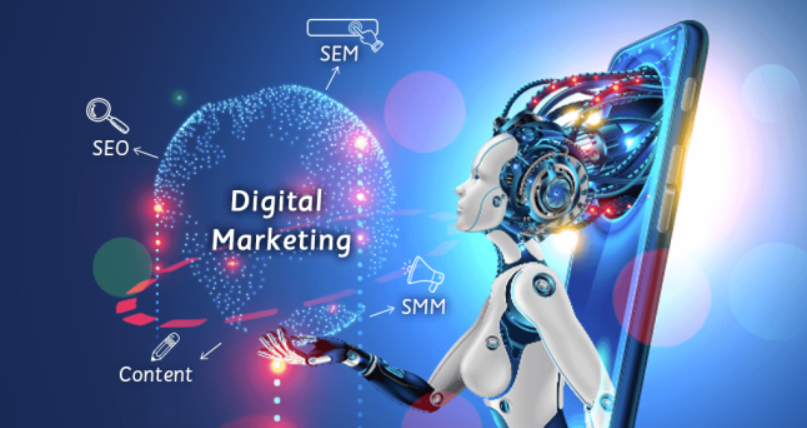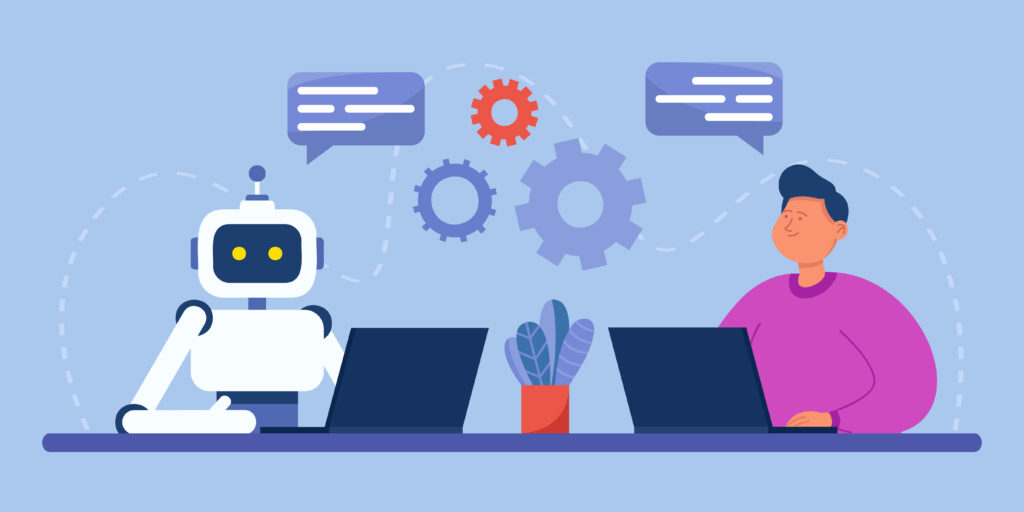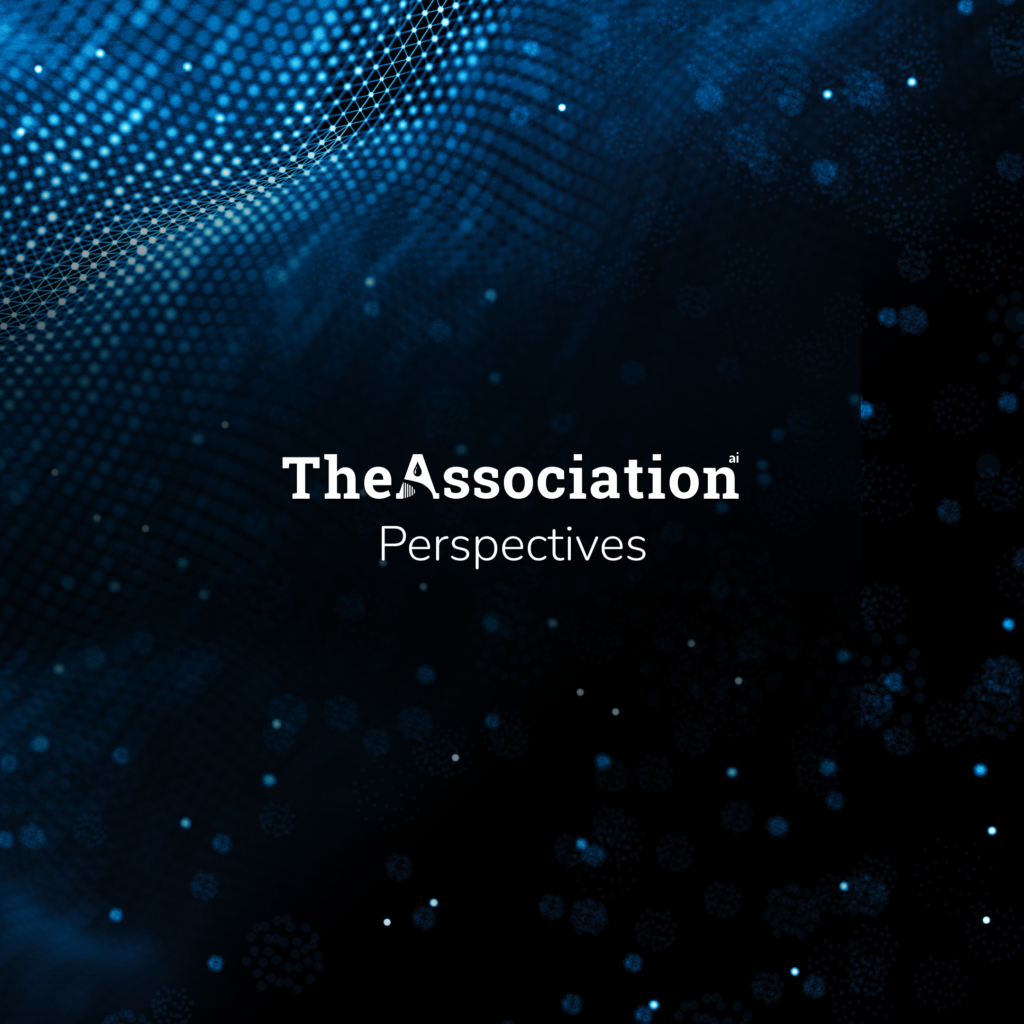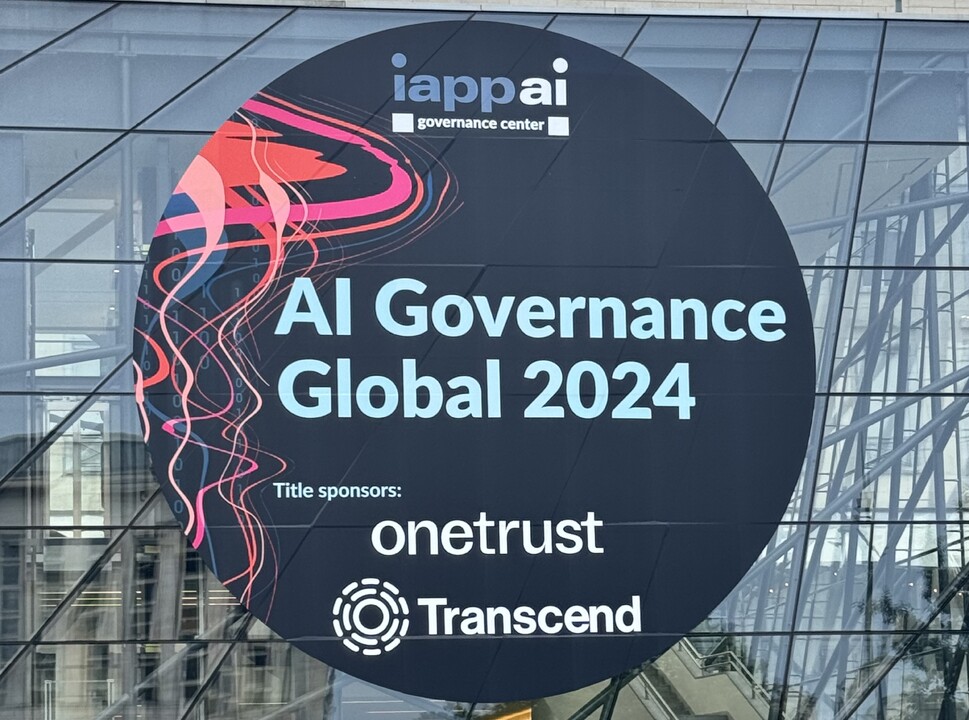
Why AI Succeeds in Advertising
Artificial Intelligence (AI) has found a particularly welcoming home in the advertising industry, outperforming many other sectors in terms of successful implementation. While many industries are still learning to leverage neural networks and LLM technology for real business advantage, advertising platforms are proving their ability to target, predict, and even direct human behavior. Several factors make advertising an ideal environment for AI to flourish, including the vast availability of data and the predictability of human behavior.
Abundant Data and Clear Metrics
One of the biggest advantages the advertising industry has is its access to enormous amounts of user data. Platforms like Google Ads and Meta collect extensive information on user behavior, preferences, and interactions. This data is invaluable for training AI models to optimize ad targeting and personalization.
In advertising, success metrics are straightforward and easy to measure. Click-through rates, conversion rates, and return on ad spend (ROAS) provide clear indicators of an ad’s performance. These metrics allow for continuous refinement and improvement of AI models, ensuring that campaigns become more effective over time.
Automation and Efficiency
AI excels at handling repetitive tasks, and advertising is full of them. From bid adjustments to ad placement optimization and creative variations, AI can automate these processes, freeing up human resources for more strategic tasks. Meta Advantage, for example, leverages AI to automate the creation and optimization of ads, allowing businesses to focus on broader strategies while AI handles the details.
Personalization at Scale
One of AI’s most powerful capabilities is its ability to analyze data and identify patterns, which is crucial for creating personalized ads. AI can tailor ads to individual users based on their behavior and preferences, increasing the likelihood of engagement and conversion.
This level of personalization is difficult and time-consuming to achieve manually, but AI provides tireless eyes to collate large amounts of data for even the smallest patterns to be leveraged. Platforms like Albert.ai and Smartly.io use AI to dynamically adjust ad content and targeting, resulting in more relevant and engaging ads.
Dynamic Audience Targeting with AI
Dynamic audience targeting involves the creation profiles of potential customers based on various data points. AI excels in analyzing vast amounts of historical data, such as past purchases, browsing behavior, and demographic information, to build these profiles.
But, unlike humans managing ad campaigns, AI is not limited to historical data analysis in its decisions. It can learn and adapt continuously from real-time interactions across Web sites and apps. As a user engages with an ad or skips an ad or clicks through to learn about a particular product, AI algorithms adjust targeting strategies to keep pace.
This real-time adjustment capability is key. It ensures that ads remain relevant and engaging, increasing the likelihood of conversion. While the technology is not new, recent advances in AI training and autonomy, combined with the incredible amounts of data collated by platforms like Meta and Google, provide the opportunity for marked improvement.
The power of AI in dynamic audience targeting is further amplified by its ability to predict future behavior. By identifying patterns and trends in data, AI can anticipate what users are likely to do next and adjust targeting strategies accordingly. This predictive capability means that advertisers can deliver the right message at the right time to the right audience, adapting in response to users’ interest and inclination.
Albert.ai, known for its self-learning algorithms, leverages this predictive power to continually refine ad targeting, ensuring that campaigns are always aligned with evolving user behaviors and preferences (SMM Dashboard).
Smartly.io, for instance, uses AI to automate the creation of personalized ad content, dynamically adjusting elements such as images and text to match the specific interests of each user (Foundation Marketing).
Proven Success Stories
The effectiveness of AI in advertising isn’t just theoretical. There are numerous real-world examples that highlight its success:
- Google Ads: With the introduction of AI tools like Performance Max and the Gemini model, Google has seen over 18% more conversions at a similar cost per action, showcasing the tangible benefits of AI integration.
- Meta Advantage: This platform uses AI to automate the entire ad creation process, testing up to 150 creative combinations and providing deep insights into user behavior and ad performance.
- Albert.ai: Known for its self-learning capabilities, Albert.ai processes and analyzes large datasets to optimize ad spend and strategies dynamically.
Why AI Succeeds in Advertising
While AI has potential in various fields such as healthcare, autonomous driving, and customer service, these areas often face significant challenges:
- Data Privacy and Security: In sectors like healthcare, handling sensitive data requires stringent privacy measures, which can complicate AI implementation. People are more likely to check a Terms and Conditions box to share data related to shopping or gaming than their medical history
- Complexity and Variability: Autonomous driving involves highly variable environments, making it difficult for AI to consistently navigate safely.
- Regulatory and Ethical Concerns: Many industries are subject to strict regulations that can slow down the adoption of AI technologies.
In Conclusion
AI’s success in advertising is a result of the industry’s unique alignment with AI’s strengths. The availability of vast amounts of data, clear performance metrics, scalability, and the ability to automate and personalize ad content have all contributed to AI’s widespread adoption and effectiveness in this field.
While other areas continue to explore AI’s potential, the advertising industry demonstrates how AI can deliver significant, measurable benefits, making it a leader in AI implementation.
Human behavior in large groups is, for the most part, predictable. Don’t blame the machines for understanding it.





